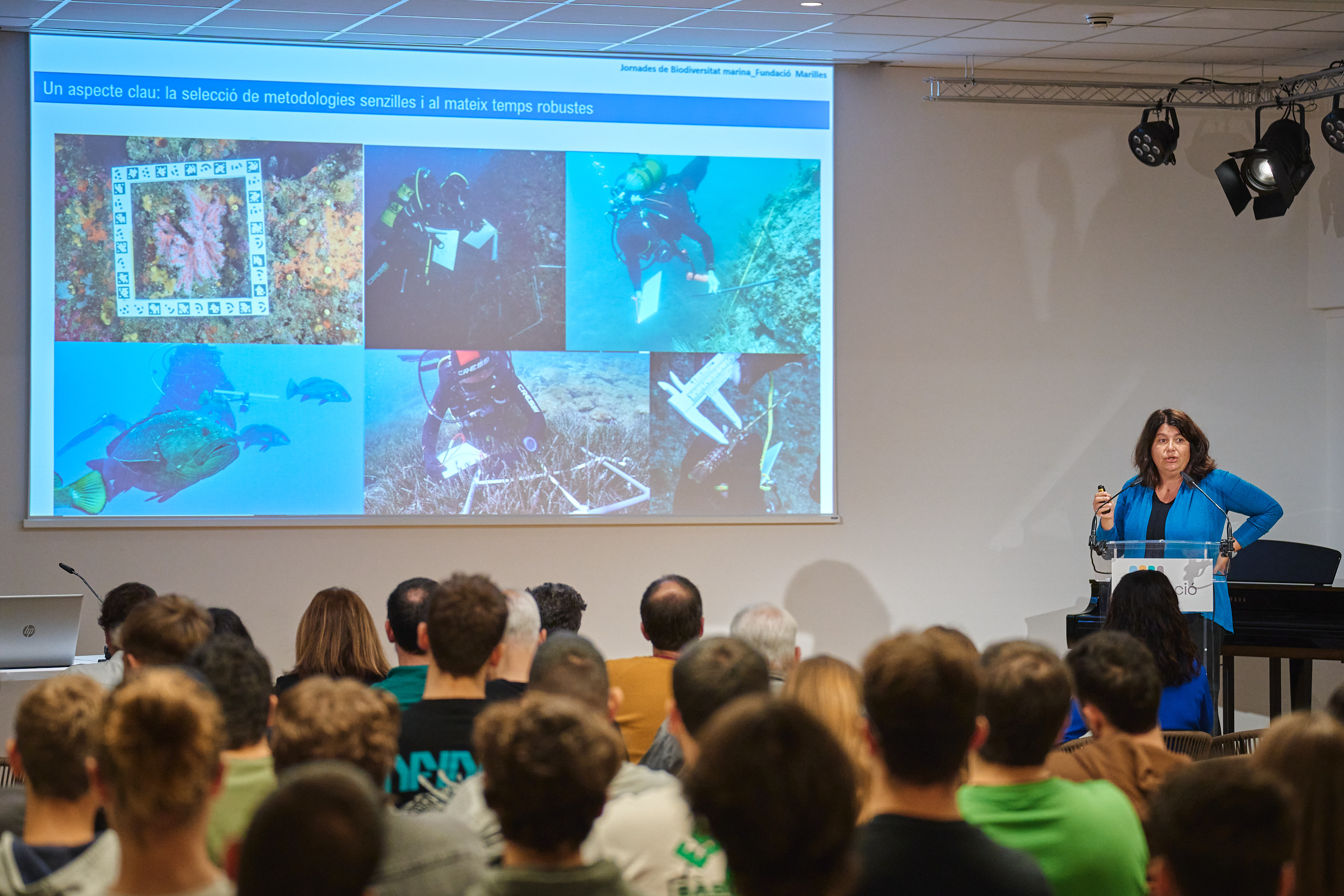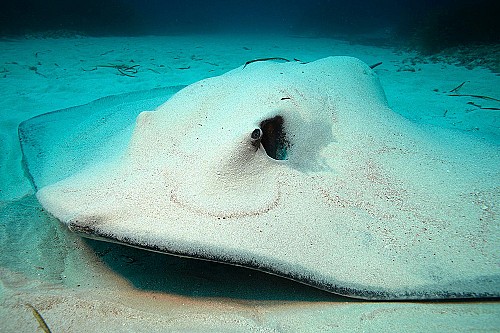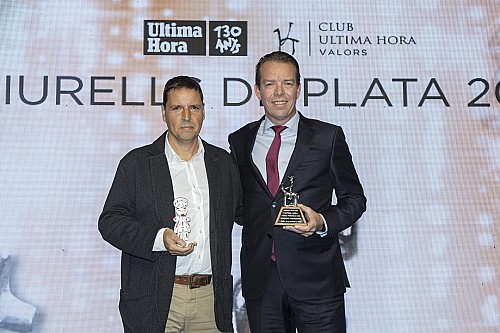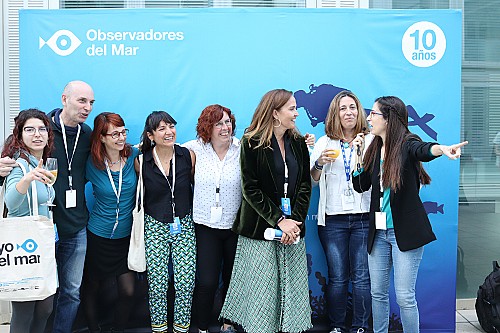Cristina Linares: ‘One-quarter of the corals and sea fans in the Balearic Sea are under threat’
Published 15.04.2025
Share

Dr Cristina Linares is from Ibiza and has a long career in monitoring marine biodiversity in marine protected areas (MPAs). She is a professor and researcher at the University of Barcelona and is closely involved in the study of the Balearic Sea and, more specifically, the corals and gorgonians that inhabit it. At the Marine Biodiversity Conference last November she was very clear: ‘We are witnessing functional extinctions.’
What do you mean when you say that functional extinctions are taking place in the Balearic Sea?
When we talk about extinctions, we usually refer to the disappearance of specific species. But what we are seeing in nature is that sometimes the species does not disappear completely because there are still some specimens left, even though we can consider that they have lost the functions they have in the ecosystem. This is very worrying but we don't talk much about it.
Are invertebrates the great unknown of the sea? Why are they so important?
There are many species of marine invertebrates. From sponges and corals to crustaceans as important as lobsters. Some are of great commercial interest, while others, such as corals and gorgonians, are considered habitat formers, providing a structure that gives shelter to a large number of species.
Do we know how many species of coral and gorgonians there are in the Balearic Sea?
Although it is difficult to give an exact number, we could consider that we have more than a hundred species of coral and gorgonians in the Balearic Sea, and one-quarter of these can be considered to be threatened to varying degrees. We find species ranging from the deep-sea coral Isidella elongata, which is critically endangered, to the red coral or Cladocora caespitosa, which is considered threatened on the IUCN Red List.
What are the main impacts affecting them?
There are many. Most gorgonians and corals are very vulnerable to pressures, given that they are slow-growing species and can live for many years. Currently, the main impacts for these species are those derived from fishing, either by accidental catches or by the direct impact of fishing gear, and climate change, especially above 50 metres depth.
Does the underwater landscape of the Balearic Sea look very different to when you first started studying it?
When I started diving in the Balearics for work, with Kike Ballesteros, the devastating impacts of heat waves had not yet arrived. The gorgonian forests of the Imperial de Cabrera and the Islotes de Poniente in Ibiza, for example, were in a very good state of conservation, except for some isolated impacts from fishing gear. Now, in most places with gorgonians and corals above 50 metres, these species have suffered mortality from heat waves, which are becoming more frequent and intense.
Would you highlight any marine protected area in the Balearic Sea for its good results?
At the moment, I would say that all the areas have the same problems. The impact of climate change is the most obvious, but so are invasive species. In addition, in places where fishing is allowed near vulnerable habitats and species, we have to add the impact of fishing gear.
What is needed to improve marine conservation? More funding? More strategic action?
In fact, and related to what I mentioned earlier, we would have to improve the protection of these species between 50 and 100 metres deep, which is a depth range that could act as a climate refuge but with many impacts derived from some fishing methods. These depths have been largely forgotten in terms of research and also protection. In addition, greater funding for protected areas would help to ensure surveillance and, therefore, compliance with existing regulations.
Not all types of protection work in the same way. How do you rate strict protection compared to other types of protection?
Having areas of strict protection is essential to guarantee the effective protection of marine ecosystems and resources. But these have to be in the right places, following scientific criteria (and not in the places where they are least disturbing, which is the situation of these places in many protected areas) and covering a significant surface area, including the greatest diversity of habitats possible. We have a lot of scientific evidence that these areas are the ones that allow for the recovery of ecosystems. If habitats and species recover, this also benefits the recovery of the ecosystem services they provide.
Have you always had a relationship with the sea? Why did you decide to dedicate yourself to its study and conservation?
Being born in Ibiza into a family that loves the sea allowed me to spend a lot of time in the sea, in my parents' boat. From a very young age, I knew what I wanted to do. I never imagined doing anything else and, luckily, I achieved it.
TEST FOR SEA LOVERS
A book: Cod, by Mark Kurlansky.
An image that evokes the Balearic Islands for you: The islets and the colour of the sea.
A marine species: The red gorgonian Paramuricea clavata.
A person or organisation of reference: Kike Ballesteros.
A beach: Sa Figuera Borda, in Ibiza, and Migjorn in Formentera.
Optimistic, realist or pessimist: Even though the current situation doesn't help too much, always optimistic but with my feet on the ground.




